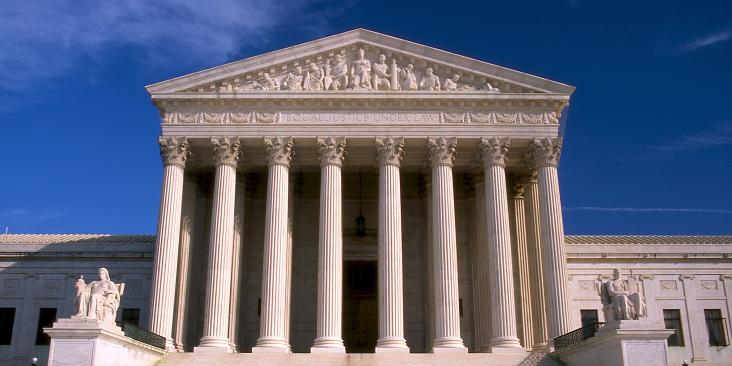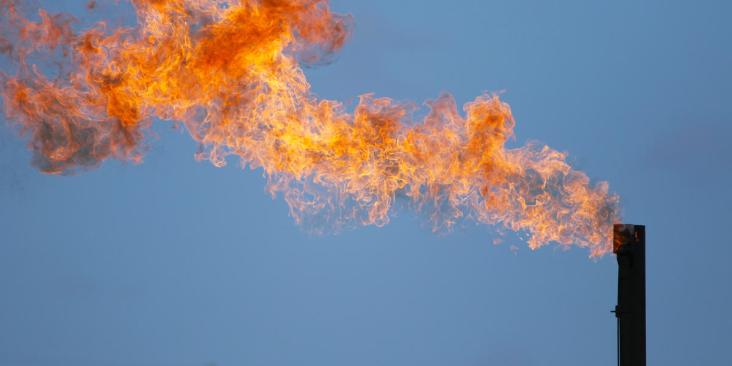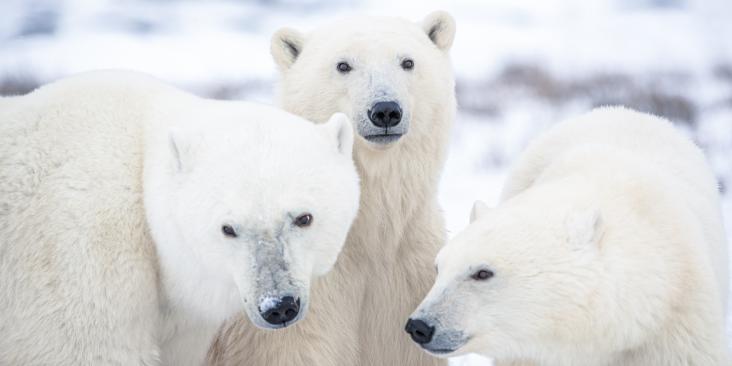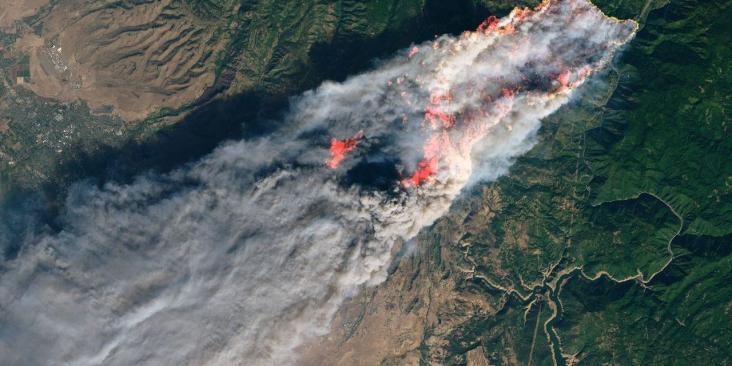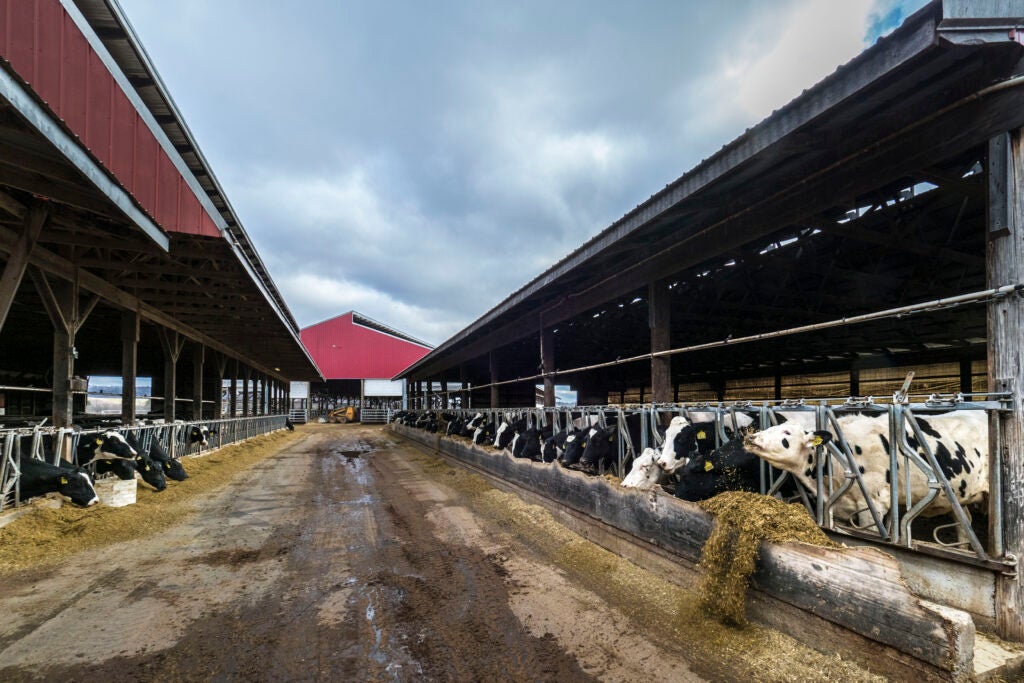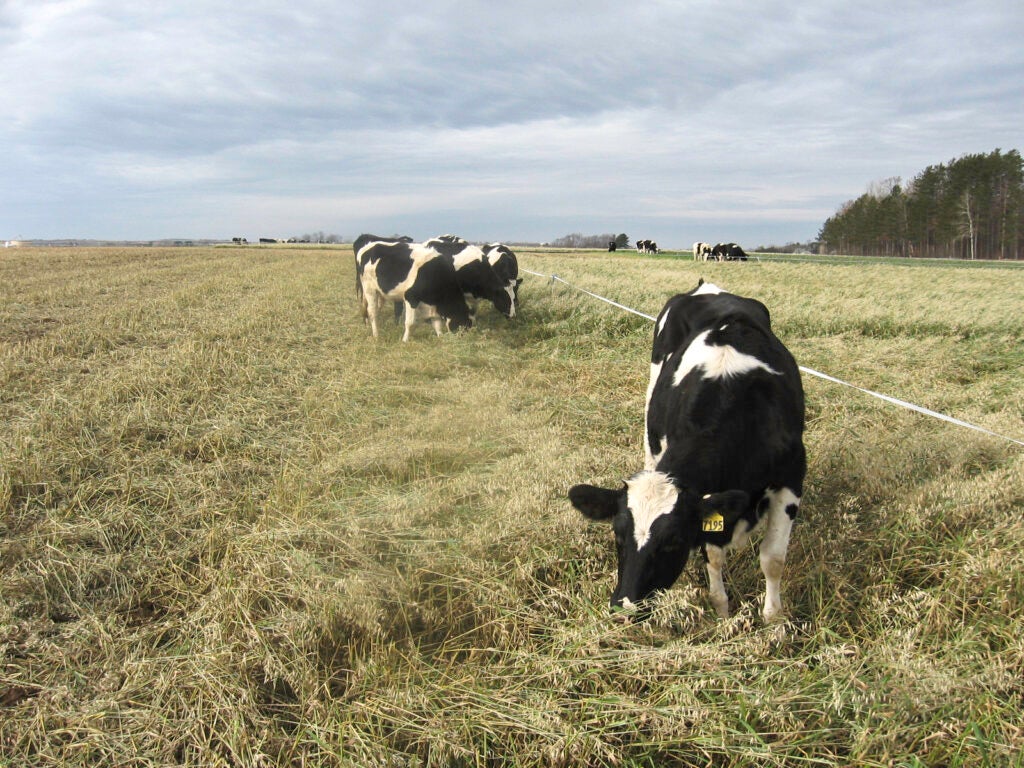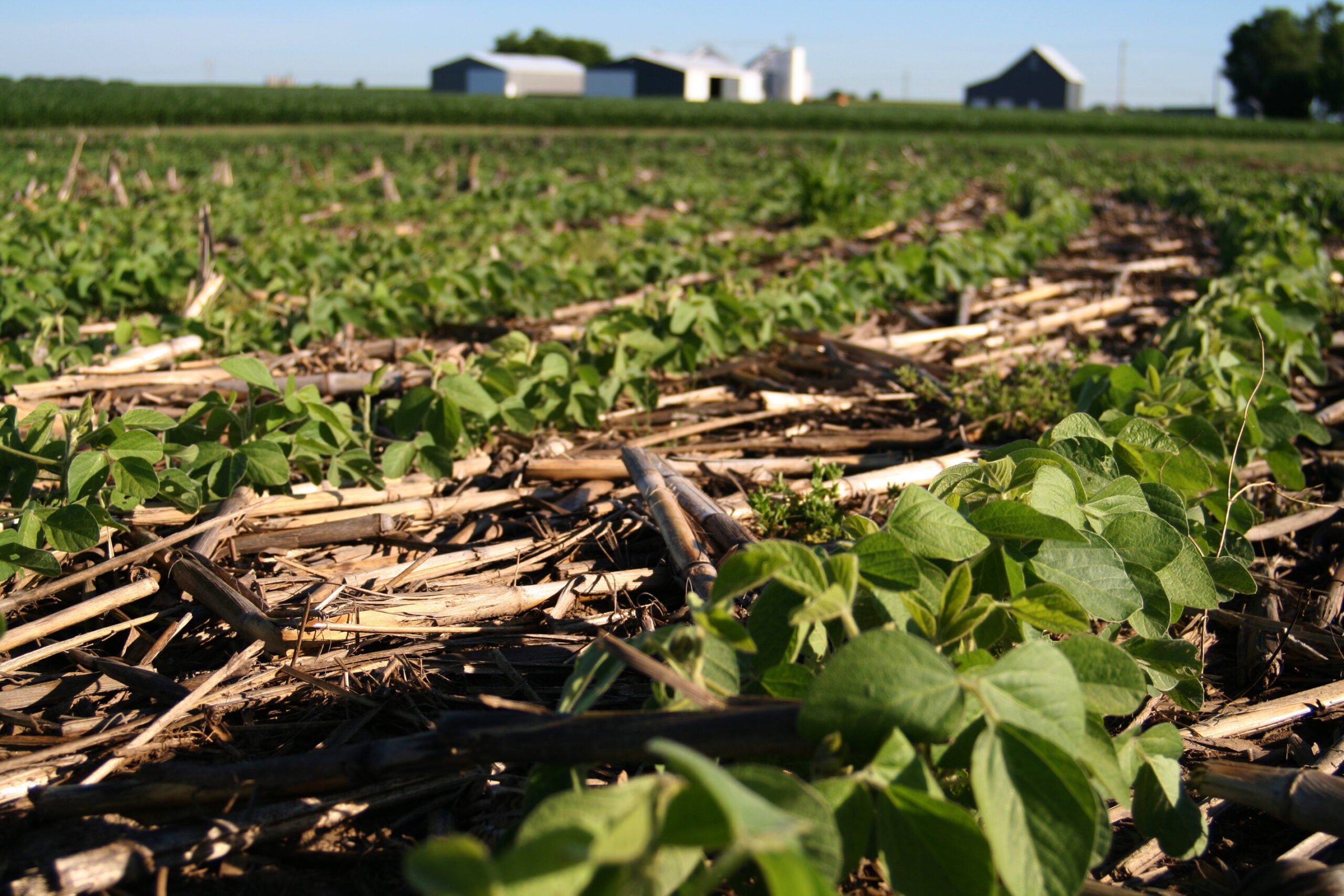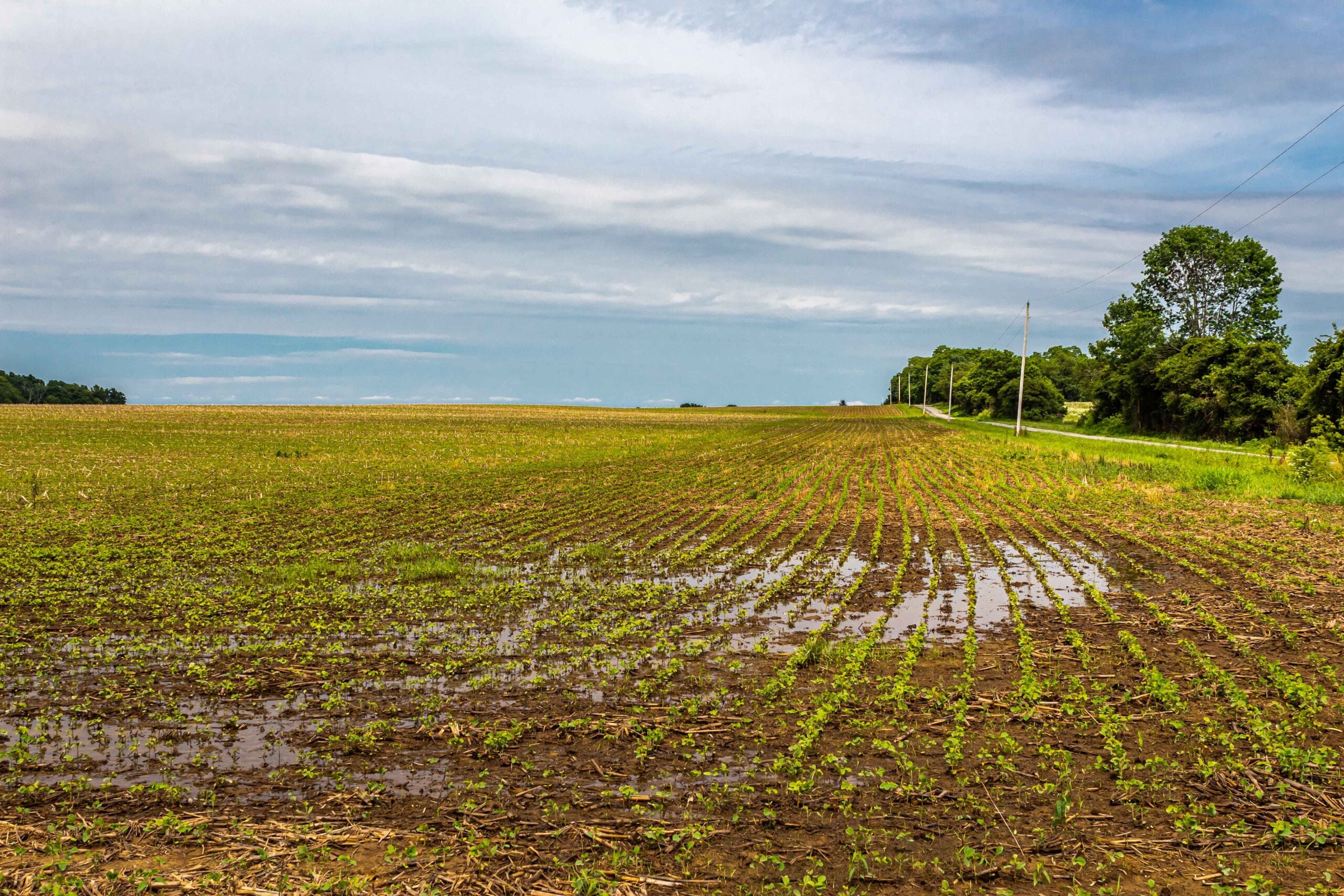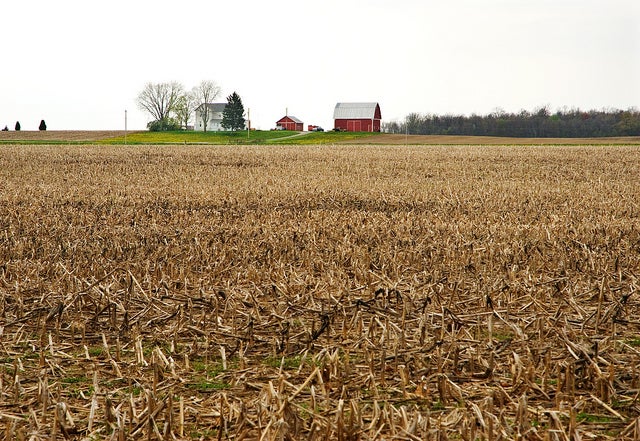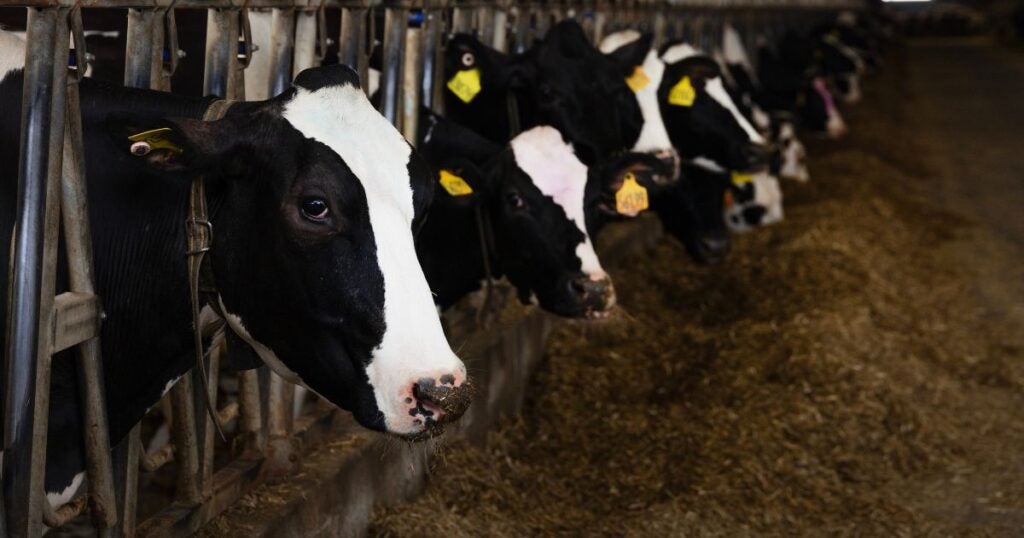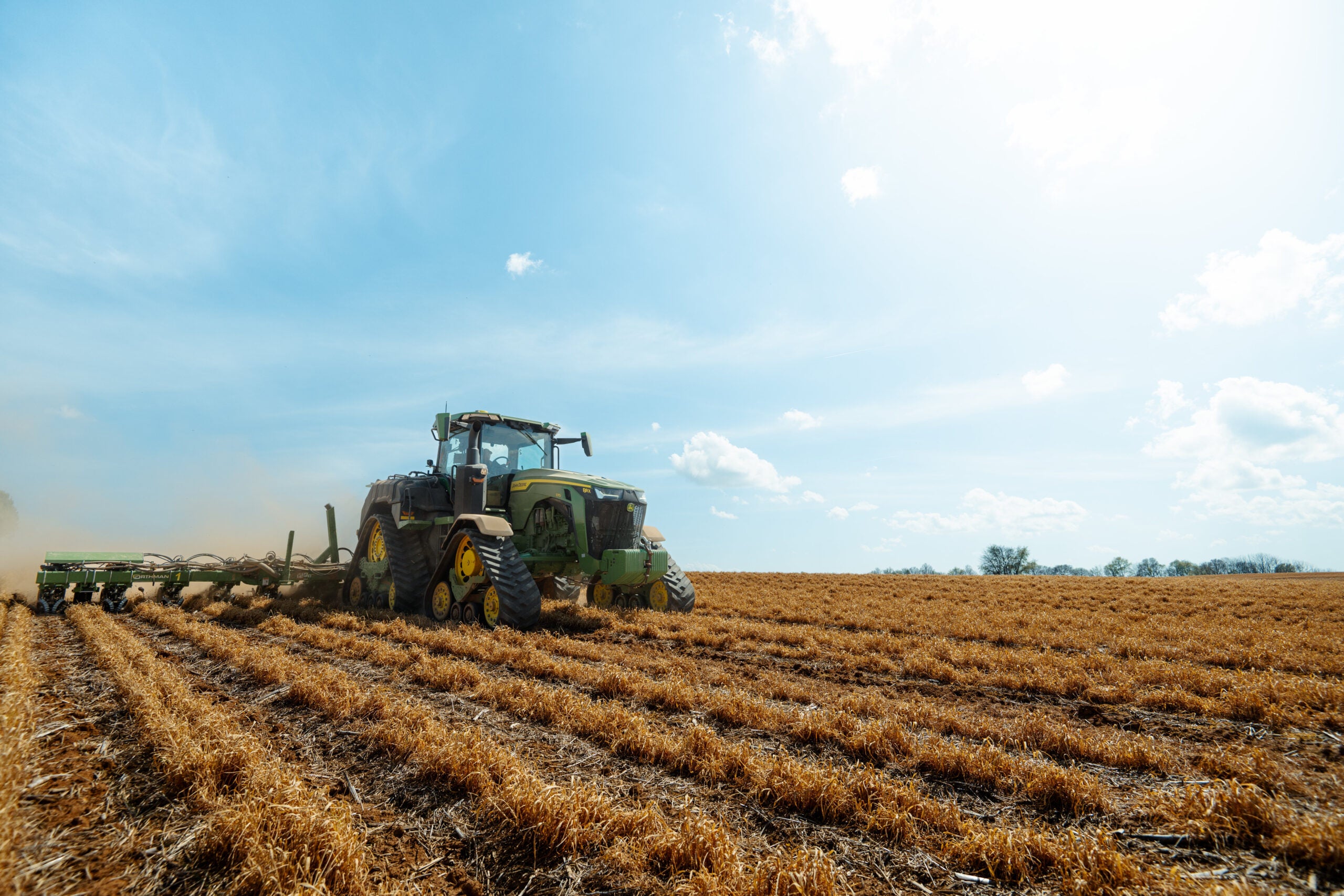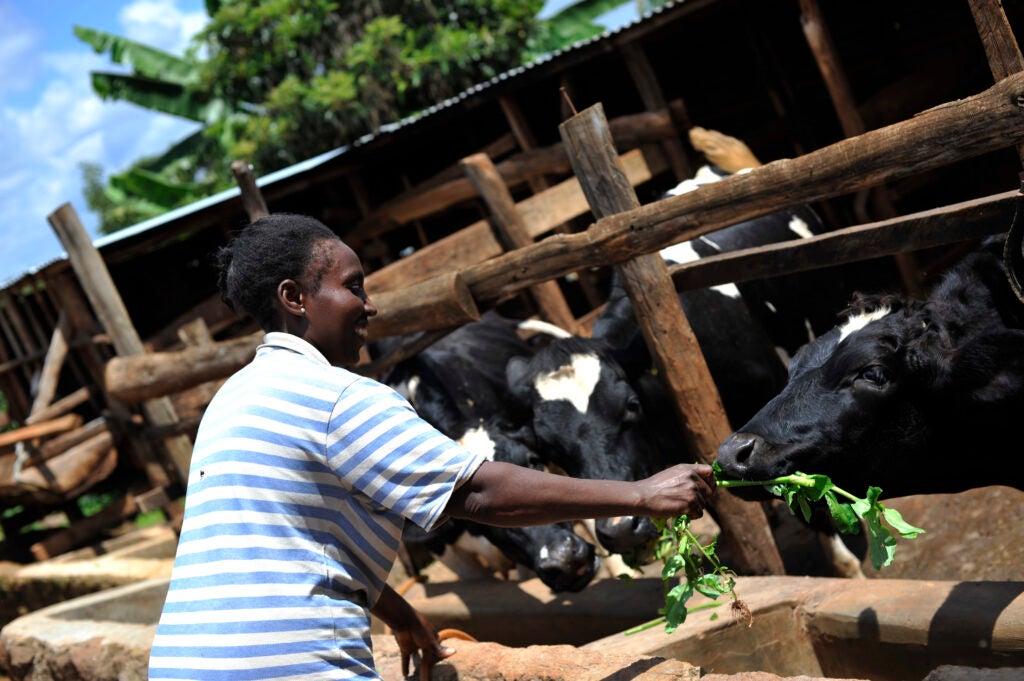Farmers and ranchers around the world face increased heatwaves, droughts and heavy rainfall, making it harder to grow livestock and crops. This means less financial security for farm families and, globally, bigger threats to people’s access to nutrition.
Growing Returns
Why lowering livestock methane emissions will help slow climate change and benefit farmers
Extreme heat puts pressure on cows and farmers
Dairy and beef producers are feeling the strain of heat waves — and so are their animals. Longer, hotter summers are making it harder for cows to stay healthy and productive. Heat stress lowers milk yields, weakens cows’ immune systems and can even threaten fertility.
For farmers, the impacts go beyond animal health: heat stress reduces milk yields and fertility in cows, which translates directly into financial losses from lower production and higher management costs. Lower productivity also increases the methane intensity of any milk or meat produced.
But across the world, producers, veterinarians and nutritionists are responding with new tools and time-tested strategies to help livestock cope. These solutions matter not only for animal health, but for food security, rural livelihoods and climate resilience.
Collaboration between food companies and banks can accelerate regenerative agriculture in Europe and beyond
The widespread adoption of regenerative agriculture practices in Europe could strengthen crop resilience to extreme weather and support the long-term sustainability of farms, communities and ecosystems – an urgent need as the region faces record-breaking heatwaves. Despite the benefits of adopting cover cropping, no-till, nutrient management, alternative manure management and other regenerative practices, many farmers are hindered by financial barriers, including high up-front costs and risks.
Modernizing agricultural insurance to strengthen farmers’ ability to adapt
Last year, the U.S. faced its fourth most costly year of extreme weather, contributing to more than $20 billion in agricultural losses. As this trend of increasingly extreme weather continues, modernizing agricultural insurance in the U.S. is a crucial step toward protecting farmers’ financial stability and reducing the risks they face when transitioning to climate-resilient practices.
A new normal for Irish dairy: Pioneering sustainable change for Ireland’s climate future
Ireland’s lush pastures and deep-rooted agricultural traditions have long made it a global dairy powerhouse. But with agriculture contributing nearly 38% of the country’s greenhouse gas emissions — four times the EU average — there’s no escaping the uncomfortable truth: Ireland’s booming dairy sector must evolve to meet the country’s climate targets.
To respond to this pressing challenge, Environmental Defense Fund Europe (EDF Europe) and Climate KIC partnered to explore a new vision for sustainable dairy. The goal? To co-create a future-proof model that balances climate action with economic resilience in Ireland’s rural heartlands.
Below, we’ll outline a new roadmap for sustainable dairy. Read More
Farmers need technical support to balance crop yields with climate benefits
Cropland, which covers roughly 13% of global land surface, is integral to producing food, slowing warming and boosting resilience. Farmers find themselves in a difficult spot: they are compelled to deliver higher yields to feed a growing human population but with a lower carbon footprint.
This complexity is underscored in a recent paper published in Nature Climate Change, which assessed how tillage, cover crops and crop residue affected both crop yields and greenhouse gas mitigation over time. This work is the first to examine the yield and mitigation impacts of common regenerative agriculture practices independently and collectively at a global scale looking out to 2050 and 2100.
Importantly, farmers can use these conservation practices to produce yields and mitigation, but they will need additional technical and financial assistance to do so. This is critical to maintaining livelihoods, food stability and supporting the climate.
To slow climate change, we must measure livestock methane accurately
Reducing methane emissions, a climate super-pollutant, can lessen rates of warming within decades. Since livestock farming is one of the biggest emitters of that methane gas, with enteric methane from cow burps alone contributing about a third of all human-caused methane emissions each year, lowering it can have a big impact.
To reduce livestock emissions, we first have to know where we’re starting. That requires accurate and validated measurement, but measuring methane from livestock isn’t simple — how we do it matters. These are the most important considerations.
Farmers need support to survive this economic squeeze
In conversations with farmers in recent months, one word keeps coming up to describe their economic reality: “squeeze.” High farm input costs and loan interest rates are making it more expensive for farmers to grow crops. At the same time, low commodity prices mean they earn less money for the crops they grow. Farmers are caught in the middle of a bad deal with many asking whether it is even worth it to farm this year.
Farmers are facing this dilemma while also navigating additional disruptions and uncertainty. Federal funds have been frozen or canceled, putting farmers with existing contracts at risk after they’ve already invested their own money with the expectation that government funding would cover the remaining cost of farm improvements. Tariffs create another layer of price uncertainty and open the door for other countries to gain a competitive advantage in global markets. On top of this, farmers in several regions have experienced damage from extreme weather events, making their financial situation even more fraught.
Farmers are getting squeezed, and this makes it harder or even impossible for them to position their businesses for long-term success. But it doesn’t have to be this way.
Three ways to improve soil carbon measurement
Measuring soil carbon accurately is essential for ensuring confidence in large-scale efforts to improve soil health, reduce greenhouse gas emissions and support initiatives like carbon credit programs.
But determining how much organic carbon is stored in soil from decomposed plants can be a challenge, leading to a well-known problem: different soil testing labs can give different numbers for the same soil.
Animal health is key to healthy people and planet
Maintaining animal health isn’t only an essential practice for livestock farming, though any farmer or rancher will agree that’s true. It’s also a way to lower the methane intensity of the meat and dairy produced by livestock and improve health and livelihoods for people, which is particularly important for smallholder farmers in low-income countries.
Livestock farming contributes more than one-third of human-caused methane emissions, a powerful super-pollutant responsible for much of the additional warming and extreme weather the world is facing. At the same time, animal agriculture both provides critical nutrition and supports the livelihoods of millions of families, benefits that are now at risk due to heatwaves, droughts and other climate impacts.
